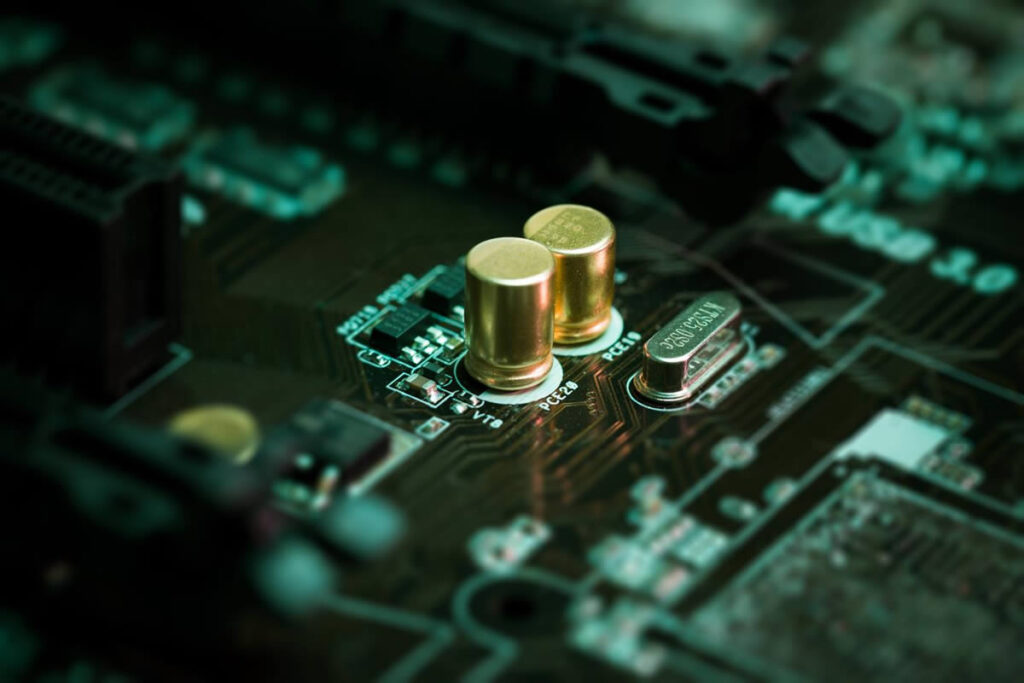Contact
Write to Us And We Would Be Happy to Advise You.
Do you have any questions, or would you like to speak directly with a representative?
By ren
Making PCBs is a difficult process. As a result, it's critical to avoid certain production mistakes. A critical phase of PCB production is PCB prototyping. Also, the PCB prototype board gives a lot of benefits. PCB makers look for methods to save expenses and wait times. Prototype circuit board assembly lowers the cost of production. This is because it enables producers to find any flaws before a board is fully produced.
Before making a printed circuit board in bulk, PCB producers must prototype the device. A proof of concept involves also Prototype circuit board assembly. It displays a product to potential customers and investors while proving the intellectual property.

• Prototype circuit board assembly is essential to the process. It is a preliminary sample intended for PCB design functionality testing. The majority of prototypes are created specially to evaluate a board's performance and usefulness. Manufacturers of PCBs create a prototype before creating the final product.
• Various prototype kinds are used by engineers and designers to test different design elements. Before beginning the full-scale fabrication of boards, a prototype is necessary. As a result, it acts as the first circuit board sample. From the conception of the design to the completed product, prototyping a board is essential. You may evaluate a design's functioning using prototypes.
• With prototypes, you may repair and debug any circuit board fault. Prototype PCBs are also perfect before mass manufacture. Mass manufacturing without a prototype is never without danger. Even a little error in the production of a board may be quite expensive. Additionally, fixing such a mistake could take some time.
• Soldering might be exceedingly challenging if there is a flaw in the PCB design. Additionally, it is more difficult to find board flaws without a prototype. Prototypes are made before the mass manufacture of the boards to avoid any potential loss or danger. PCB prototype and full spec manufacturing projects are two different things. Only after a prototype has demonstrated its usability can full-spec production start.
Circuit board prototypes of many kinds may be used by designers to test various design elements. The durability of a circuit board is not there in a prototype. So, before mass manufacturing, this prototype enables designers to test circuit boards.
You may experiment with other circuit designs if you make a mistake with a prototype. You may go on to the next step of manufacturing after the circuit is operating as required.
This particular prototype circuit board uses the "pad per hole" construction method. This shows that on the circuit board, each hole is electrically isolated. Therefore, soldering is the only way to connect components. Perforated boards are very durable. Additionally, because preboards may create connections as they like, they provide greater design freedom.
This circuit board doesn't need solder. Small holes on a breadboard may accommodate electronic components. These holes are neatly set out in rows and columns. Additionally, the breadboard's columns make it simple to construct a circuit without the need for wires. One of the terminals may be inserted into the other holes in the same column. A breadboard also enables you to organize circuit boards in various ways.
An example of a prototype circuit board is this. It consists of copper strips running vertically through a grid of holes. Wires are replaced with connections between the holes. They thereby make it simple for components to link to one another. Additionally, soldering is needed for several of the connectors on the Vero-board. Vero-boards are more compact and allow for more efficient circuit design.
They are a staple of contemporary technology and essential to various electronics and other electrical components.
Read more: PCB Assembly Prototype Manufacturing Sevice 2023
PCBs, or printed circuit boards, are the foundation of all significant electronics. Nearly every computational electronic gadget incorporates these amazing achievements, including basic ones like digital clocks and calculators. For those without technical knowledge, a PCB is a circuit board that transmits electrical impulses via electronics to meet the device's electrical and mechanical circuit needs. In other words, PCBs direct the flow of electricity, which activates your electronics. If you are looking for Prototype circuit board assembly services, you can visit EuropePCB. They provide great deal services.
Do you have any questions, or would you like to speak directly with a representative?